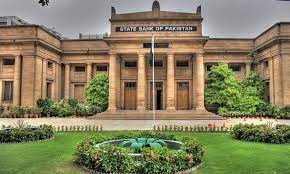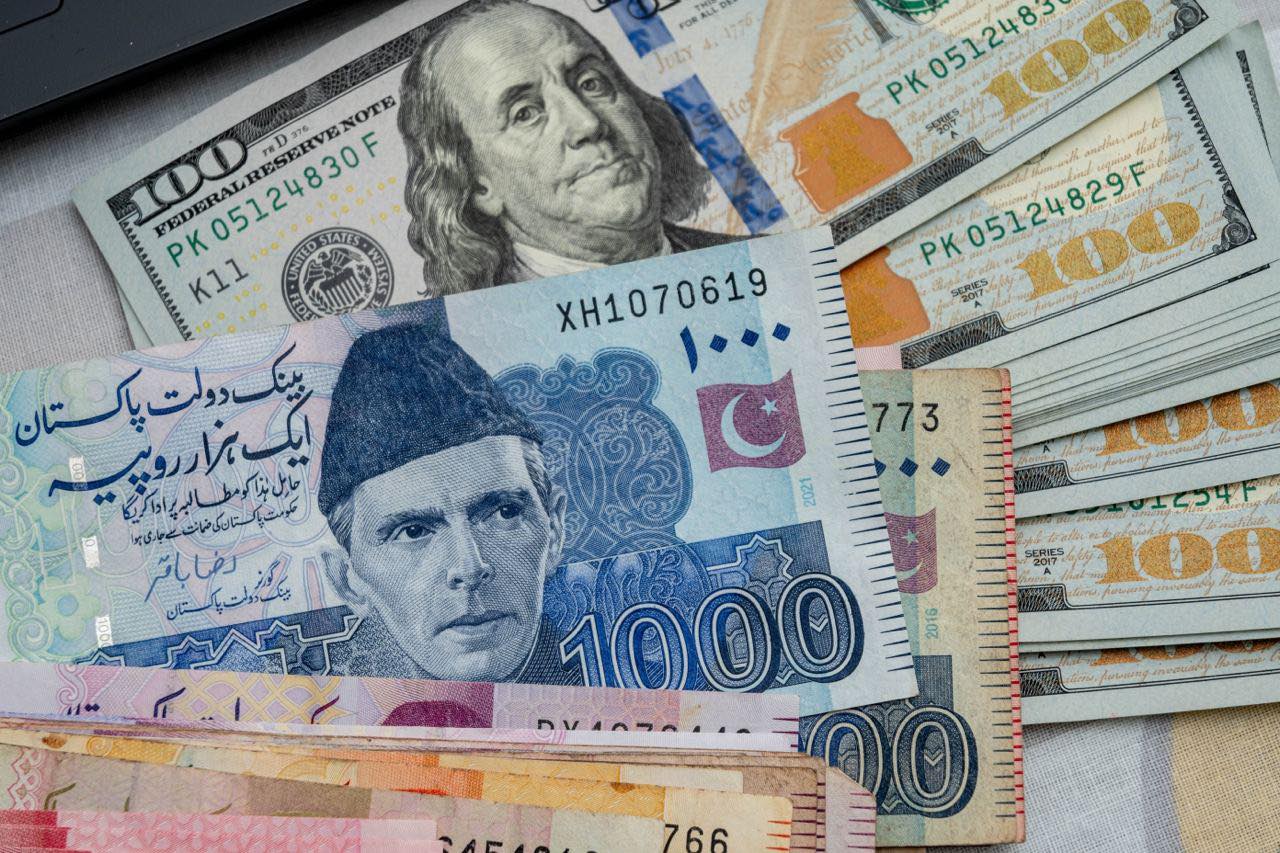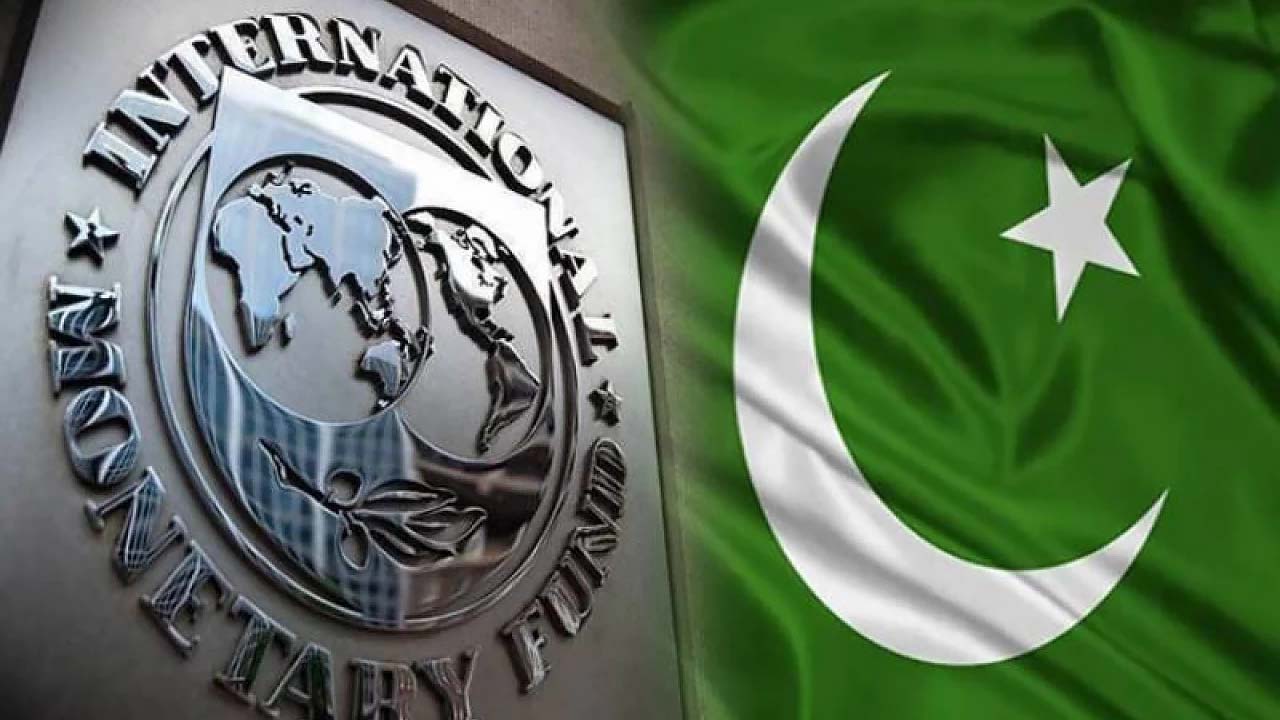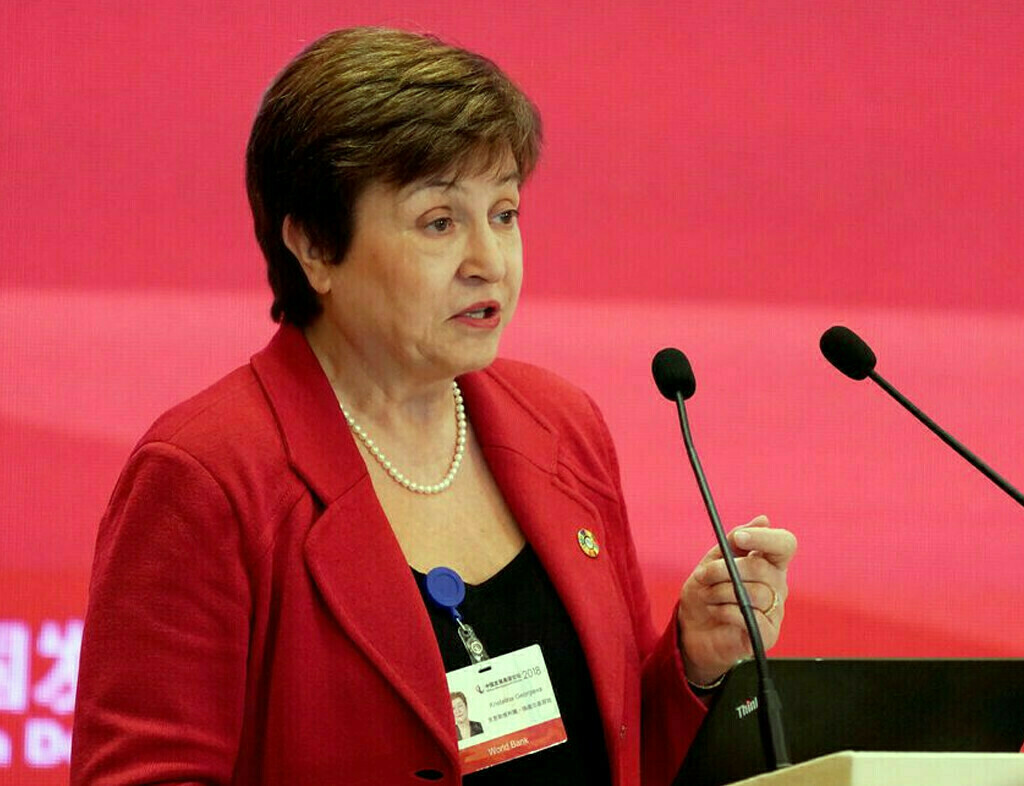The State Bank of Pakistan (SBP) is widely anticipated to lower its key interest rate in its upcoming policy meeting scheduled for Thursday, driven by a significant drop in inflation, which has reached single digits for the first time in nearly three years. Analysts believe this move would further ease the country’s monetary conditions and support the ongoing recovery of the economy.
Inflation in Pakistan dropped to 9.6% in August, a milestone that has caught the attention of economists and market watchers. The SBP had already implemented two notable rate cuts in recent months, slashing the policy rate by 150 basis points (bps) in June and another 100 bps in July. These reductions have brought the policy rate down from a record high of 22% to its current level of 19.5%, signaling the central bank’s commitment to monetary easing in response to economic challenges.
According to a poll conducted among 14 prominent analysts, there is unanimous agreement that the SBP will likely cut interest rates further in its next policy meeting. The majority of analysts expect a reduction of 150 bps, while two predict a slightly smaller cut of 100 bps. Interestingly, two others forecast an even more aggressive rate cut of 200 bps, reflecting the growing confidence in the country’s improved inflation outlook and stable current account.
These predicted cuts are seen as part of a broader effort to support economic growth while maintaining price stability. With inflation easing and fiscal policies in place, analysts believe that further rate reductions could boost consumer and business confidence, spurring investment and consumption across various sectors.
The July rate cut followed a significant milestone for Pakistan: the conclusion of a staff-level agreement with the International Monetary Fund (IMF) and the announcement of a new state budget designed to raise revenue through ambitious tax measures. The agreement with the IMF and the subsequent fiscal tightening provided the SBP with the confidence to pursue monetary easing while keeping inflation under control.
In an interview in August, SBP Governor Jameel Ahmed stated that the recent cuts had already achieved their intended objectives. Inflation had slowed, and the current account remained stable despite the reduction in interest rates. This successful outcome gives the SBP room to maneuver further with rate cuts, though the central bank is expected to proceed with caution.
While the drop in inflation has opened the door for potential further easing, Governor Jameel Ahmed emphasized that the SBP’s Monetary Policy Committee (MPC) would take into account various factors before making any decisions. He stressed that rate cuts are not predetermined and will be based on a thorough assessment of economic indicators, including inflation, the fiscal deficit, and foreign exchange reserves.
Pakistan’s return to single-digit inflation in August is a crucial turning point, but the central bank remains wary of any external shocks that could derail the progress made so far. As the MPC reviews the current economic environment, they will also be mindful of maintaining the delicate balance between promoting growth and avoiding inflationary pressures.
Economist Ammar Habib, one of the analysts predicting a 200-bps cut, pointed out that Pakistan’s real interest rates, which are currently around 10%, are the highest seen in the last 30 years. He noted that these historically high real rates provide room for significant cuts without destabilizing the economy.
“With commodity prices easing and the government maintaining a cautious fiscal approach, a 200-bps cut seems feasible without significantly affecting foreign exchange expectations,” explained Habib. His optimistic forecast reflects the belief that continued monetary easing could support economic recovery while keeping inflation in check.
The easing of commodity prices, combined with the government’s tight fiscal policies, has provided an environment conducive to further rate cuts, potentially boosting domestic demand and supporting export growth.
Investors and businesses in Pakistan are closely watching the central bank’s upcoming decision, as further rate cuts are expected to provide much-needed relief to businesses burdened by high borrowing costs. Lower interest rates would encourage investment, reduce debt servicing burdens, and support sectors such as construction, manufacturing, and consumer goods.
The government’s cautious approach to fiscal policy, in tandem with monetary easing, is seen as critical in achieving a sustainable economic recovery. While challenges remain, including external debt obligations and fluctuations in global markets, the outlook for the Pakistani economy is more optimistic with inflation stabilizing and interest rates expected to fall further.




